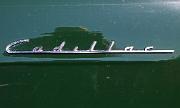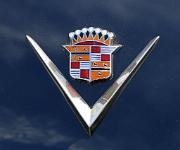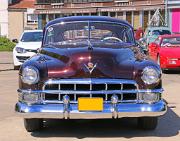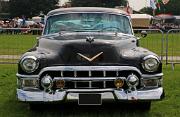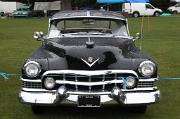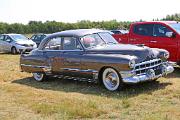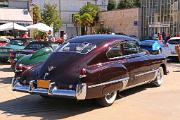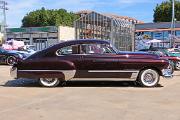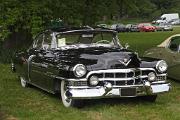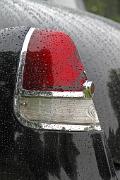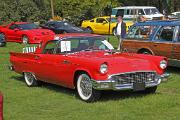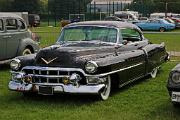
Cadillac Coupe deVille 1953. The fixed head hardtop was to become part of every model range during the 1950s and Cadillac begun it all with its 2-door Coupe deVille and later its 4-door Sedan deVille. Otherwise the car was a trimmed up Series 62
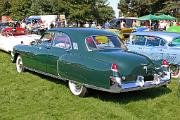
Cadillac Fleetwood 1948 Sixty Special. New bodies were given to the Sixty Special for 1948, on a 133-inch wheelbase, compared to 126-inch for the Series 62. Overall length was 226-inch against 214-inches for the Series 62.
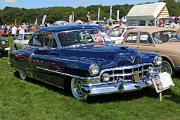
Cadillac Fleetwood 1950 Sixty Special, with coachwork by Derham for the Duke of Windsor and Wallis Simpson
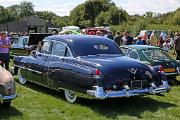
Cadillac Fleetwood 1950 Sixty Special, with coachwork by Derham Body Company for the Duke of Windsor and Wallis Simpson
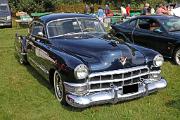
Cadillac Series 61 1949 Club Coupe. The Series 61 was the entry level Cadillac, but it still got the new 5,425 (331) V8 engine given to all Cadillacs in 1949.
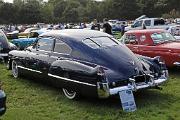
Cadillac Series 61 1949 Club Coupe. The Series 61 was Cadillac's cheapest model, but from 1948 it shared the same GM C-body as the Series 62, and also with certain Buick and Oldsmobile models. Sometimes called the 'Sedanet' the model was advertised a 'part sedan, part coupe'. This was built on a 126-inch wheelbase.
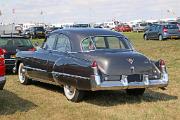
Cadillac Series 62 1949 4-door sedan. Cadillac's first new model after World War Two, and designed by Franklin Q. Hershey with tail fins to resemble those on the back of a P-38 Lightning twin-boom fighter plane.
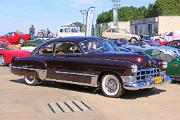
Cadillac Series 62 1949 Sedanet; New for 1949 was the Cadillac 5,425cc V8 engine. The Series 62 can be distinguished from the cheaper Series 61 by the bright metal stone guards behind the wheel arches, and better trim.
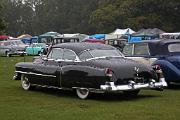
Cadillac Series 62 1951 Coupe. The first appearance of the Cadillac 'wings' can be seen in this view - apparently inspired by a fighter plane. The 3-piece rear window had to wait until 1953 to become a single pane.
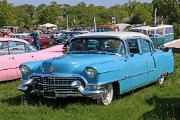
Cadillac Series 62 1955 4-door sedan. In 1954 General Motors rolled out its new C-body which was also given to the larger Buicks. Cadillacs had their own 5,425cc V8.
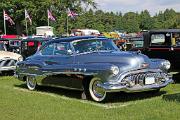
Buick Super 1951 Riviera Hardtop. Powered by a 4,065cc (263) Dynaflow 128 bhp inline eight cylinder engine. The 1951 Riviera hardtop sold 54,500, compared to 92,000 of the 4-door sedan.
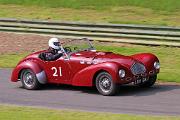
Allard K2 1951, with Cadillac 5,400cc V8
All images and content of this site is the copyright of Simon GP Geoghegan
